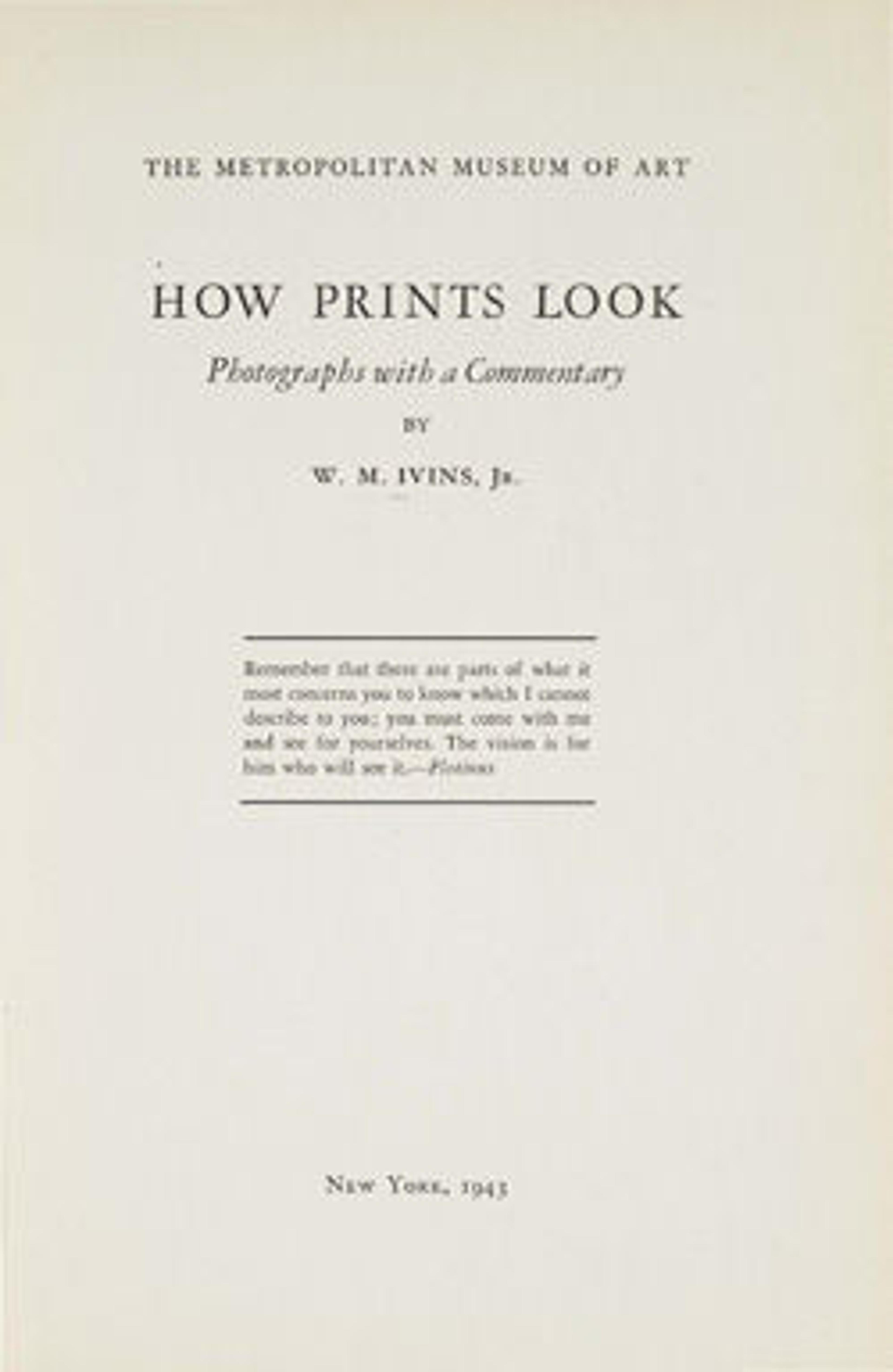Quatriregio (Four Realms)
Like the Hypnerotomachia Poliphili, which this novel resembles in its length and the extent of its illustrations, the Quatriregio contains references to the world of pagan mythology. In the first of four realms traversed by the narrator, the realm of Cupid or love, we encounter Diana, Venus, Juno, Vulcan at his forge, and Neptune leading a marine procession.
In the pages seen here, the narrator observes as the sylvan deities—satyrs, centaurs, and dryads—join the nymphs of Diana to celebrate the festival of the goddess. The illustration on the right shows the nymphs paying homage to their queen, the goddess of the hunt. As is characteristic of Florentine art, the flowing hair and drapery of the nymphs recall depictions of bacchantes in ancient Greek and Roman relief sculpture. The satyr carrying another on his back also draws on an ancient model, a Roman sarcophagus that was well known to artists, inspiring, for example, the piggyback figures in Mantegna's Bacchanals (29.44.15; 1986.1159). In spite of these classical elements, this poem, composed around 1400 by a Dominican monk, has a clear didactic aim. As the pilgrim travels into other realms, he will enter an almost purely Christian universe.
In the pages seen here, the narrator observes as the sylvan deities—satyrs, centaurs, and dryads—join the nymphs of Diana to celebrate the festival of the goddess. The illustration on the right shows the nymphs paying homage to their queen, the goddess of the hunt. As is characteristic of Florentine art, the flowing hair and drapery of the nymphs recall depictions of bacchantes in ancient Greek and Roman relief sculpture. The satyr carrying another on his back also draws on an ancient model, a Roman sarcophagus that was well known to artists, inspiring, for example, the piggyback figures in Mantegna's Bacchanals (29.44.15; 1986.1159). In spite of these classical elements, this poem, composed around 1400 by a Dominican monk, has a clear didactic aim. As the pilgrim travels into other realms, he will enter an almost purely Christian universe.
Artwork Details
- Title: Quatriregio (Four Realms)
- Author: Written by Federico Frezzi (ca. 1346–1416)
- Publisher: Published for ("ad petitione di") Ser Piero Pacini da Pescia (Italian, active Florence ca. 1495-1514)
- Published in: Florence
- Date: July 26, 1508
- Medium: Printed book with woodcut illustrations
- Dimensions: 11 1/8 x 8 3/8 x 1/2 in. (28.3 x 21.3 x 1.3 cm)
- Classification: Books
- Credit Line: Rogers Fund, 1920
- Object Number: 21.4.1
- Curatorial Department: Drawings and Prints
More Artwork
Research Resources
The Met provides unparalleled resources for research and welcomes an international community of students and scholars. The Met's Open Access API is where creators and researchers can connect to the The Met collection. Open Access data and public domain images are available for unrestricted commercial and noncommercial use without permission or fee.
To request images under copyright and other restrictions, please use this Image Request form.
Feedback
We continue to research and examine historical and cultural context for objects in The Met collection. If you have comments or questions about this object record, please complete and submit this form. The Museum looks forward to receiving your comments.
